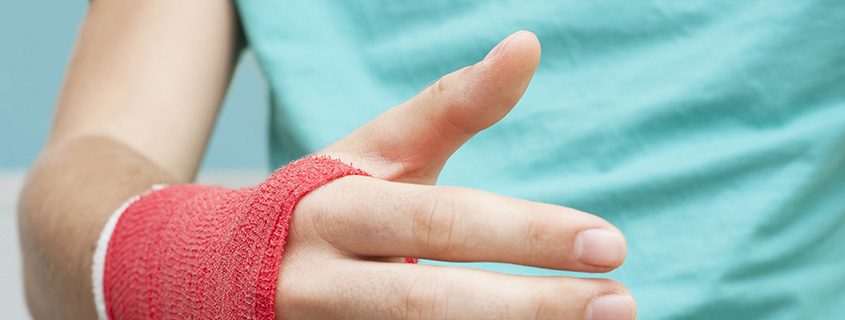What is a Calcaneal Fracture?
Article featured on Cedars Cinai
Overview
The calcaneus is the large bone at the heel of the foot. It is usually fractured after a fall from a great height or in a motor vehicle accident.
Symptoms
Some calcaneal fractures are obvious, resulting in an inability to put weight on the heel, swelling of the heel and bruising of the heel and ankle. Pain is usually severe enough to require an emergency room visit. If the fracture is caused by a stress fracture, over time, then symptoms may be far more vague. There may be some pain, increasing throughout the day, often described as being dull and achy. Bruising may or may not be present.
Causes and Risk Factors
Calcaneal fractures are most commonly suffered by roofers and climbers after a fall, although automobile accidents can also cause such fractures to the heel bone. Males between 30 and 50 years old fracture their calcaneal most often of any age group or sex.
Diagnosis
A physical examination followed by X-rays and/or CT scans are generally used to diagnosis calcaeneal fractures. Such diagnostic studies also help determine the extent of the fractures. An MRI can be used to distinguish a calcaneal fracture from plantar fascitis.
Treatment
Calcaneal fractures can be difficult to treat. The heel bone is like an egg with a strong shell and a soft interior. Therefore, the heel bone often shatters when it is traumatized by a fall or accident. Therefore, treatment requires the repair of multiple fractures in the heel bone, as well as restoring the subtalar joint. The subtalar joint connects the calcaneus and the talus, which is the small bone connecting the heel and the leg. Given the joints location, it carries most of the load of the body.
If the fracture has not displaced the bone, rest and partial to complete immobilization can heal the bone. Usually a cast of some sort is used to immobilize the heel. The time required to heal depends on age, degree of fracture and general health of the patient. Some such fractures take more than 6 months to heal.
Some calcaneal fractures can be treated by manipulating the foot while a patient is under anesthesia, but not involving surgery. This procedure is called closed reduction. If such a procedure does not treat the fracture or if the fracture is more extensive, then surgery may be required (called an open reduction). Surgery may be recommended immediately after a fracture or a few weeks later to allow inflammation to decrease. After both closed or open reduction, a patient must avoid putting weight on the foot, usually through the use of a cast or splint.
In severe cases, further surgery may be required to fuse the subtalar joint. If the subtalar joint is severely damaged, fusion is the only option.
The Orthopedic & Sports Medicine Center of Oregon is an award-winning, board-certified orthopedic group located in downtown Portland Oregon. We utilize both surgical and nonsurgical means to treat musculoskeletal trauma, spine diseases, foot and ankle conditions, sports injuries, degenerative diseases, infections, tumors and congenital disorders.
Our mission is to return our patients back to pain-free mobility and full strength as quickly and painlessly as possible using both surgical and non-surgical orthopedic procedures.
Our expert physicians provide leading-edge, comprehensive care in the diagnosis and treatment of orthopedic conditions, including total joint replacement and sports medicine. We apply the latest state-of-the-art techniques in order to return our patients to their active lifestyle.
If you’re looking for compassionate, expert orthopedic and podiatric surgeons in Portland Oregon, contact OSM today.
Phone:
Address
17355 Lower Boones Ferry Rd Suite 100A
Lake Oswego, OR 97035
Hours
Monday–Friday
8:00am – 4:30pm


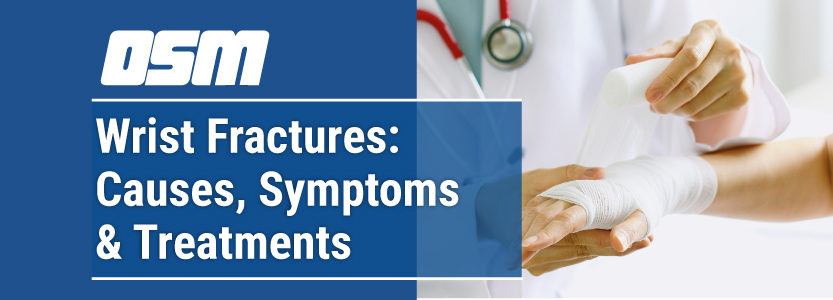
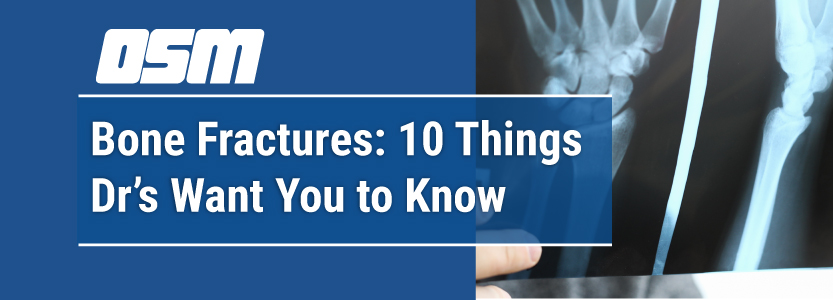
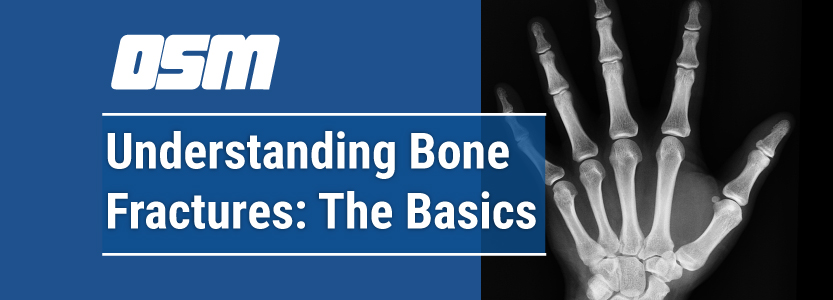
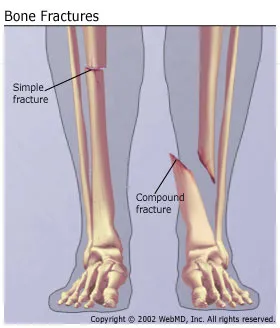 Because of the unique properties of their bones, there are some defined fracture subtypes that present only in children. For example:
Because of the unique properties of their bones, there are some defined fracture subtypes that present only in children. For example:


